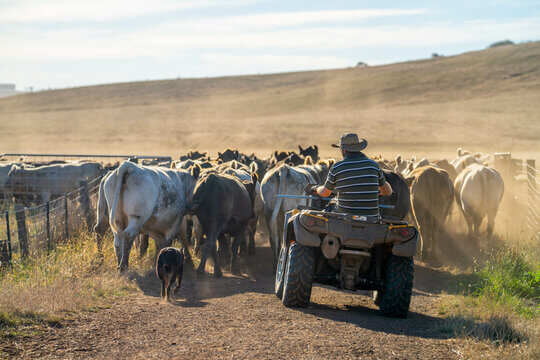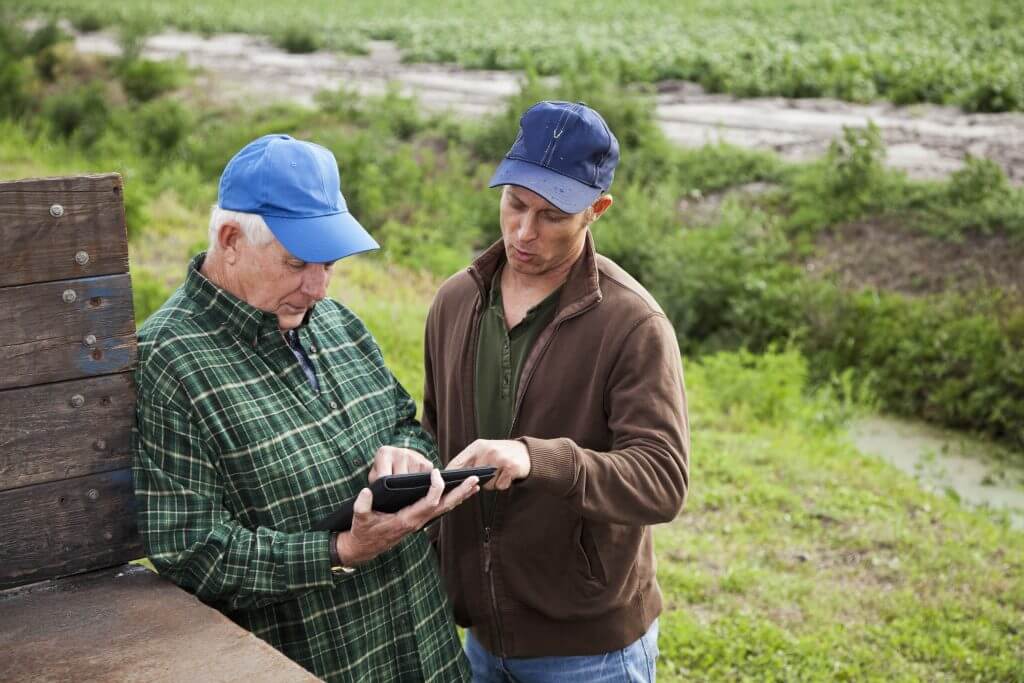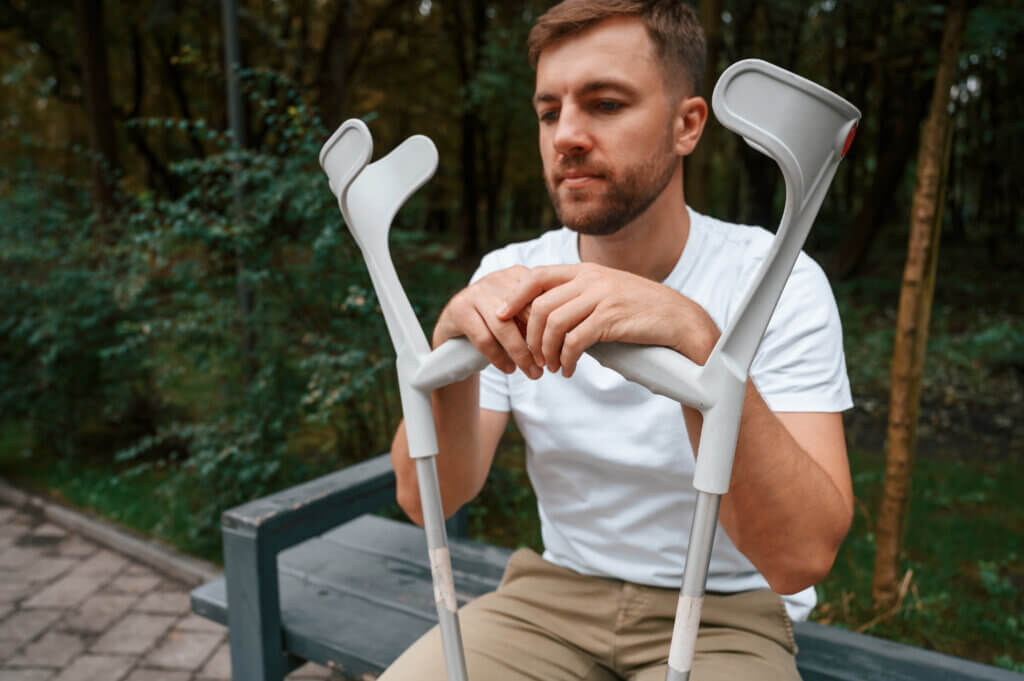Why Competency Assessments Matter in Horse Handling
Ensuring a safe workplace in the equine industry requires more than just safety protocols—it demands skilled and competent horse handlers. A competency assessment is a structured way to evaluate an employee’s skills, knowledge, and ability to work with horses safely. These assessments are vital for reducing risks, improving handling techniques, and ensuring that both workers and horses remain safe.
Preventing Accidents and Enhancing Safety
Horses are large, fast, and unpredictable animals, which makes handling them a high-risk activity. Common injuries include falls, kicks, bites, entanglements, or being crushed. By conducting competency assessments, employers can ensure their staff understands:
- How to recognise hazards and minimise risks while handling horses.
- The importance of maintaining a calm environment to prevent startled reactions.
- Correct equipment use (leads, restraints, and protective gear).
- Why mobile phones should not be used when handling or riding horses.
Matching Experience with Horse Temperament
Not all horses behave the same way. A competency assessment helps employers match a worker’s skill level with the temperament and history of the horse they are handling. Pairing an inexperienced worker with a highly reactive horse increases the risk of injury.
Improving Employee Skills and Development
A competency assessment doesn’t just highlight what employees know—it also identifies what they need to improve. By evaluating an employee’s existing skills and comparing them to the skills required for safe horse handling, employers can:
- Identify areas of weakness and training needs.
- Develop action plans to upskill employees through hands-on training, mentorship, or goal setting.
- Ensure staff follow industry best practices in horse management.
Key Areas of Horse Handling Competency Assessments
To maintain a safe working environment, workers should be assessed on:
Basic Horse Handling Skills
✅ Entering an enclosure – Recognising horse behaviour, assessing surroundings, and identifying hazards.
✅ Approaching a horse – Using correct body language, assessing equipment, and avoiding sudden movements.
✅ Catching a horse – Securing and fitting a head collar safely.
✅ Leading a horse – Maintaining proper positioning and handling mares with foals.
✅ Holding a horse – Understanding where to stand and how to react if the horse moves unpredictably.
Advanced Handling Techniques
✅ Foal handling – Approaching, positioning, and restraining foals safely.
✅ Applying restraints – Using manual restraint techniques and knowing when to apply them.
✅ Moving around the horse – Communicating actions and maintaining safe positioning.
✅ Picking up feet – Using correct techniques to avoid injury.
✅ Using a crush – Setting up, securing gates, and ensuring safety during vet procedures.
Additional Horse Management Skills
✅ Letting a horse go – Controlling movements when removing the head collar.
✅ Transporting horses – Safely loading, unloading, and tying horses during travel.
✅ Rugging and unrugging – Inspecting and fastening rugs correctly to avoid discomfort or injury.
The Importance of Ongoing Assessments and Training
Competency assessments should not be a one-time process. Regular evaluations ensure that employees remain skilled and confident in their horse-handling abilities. By integrating assessments into workplace safety programs, employers can:
✔ Reduce accidents and injuries for both workers and horses.
✔ Ensure compliance with safety regulations and industry standards.
✔ Enhance employee skills and encourage ongoing learning.
✔ Create a stronger safety culture within the workplace.
By assessing, training, and upskilling employees in horse handling, businesses can significantly improve workplace safety, increase confidence among workers, and ensure the welfare of the horses in their care.
To learn more about how we can support your workplace with tailored safety solutions, visit our Services Page.




